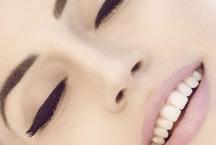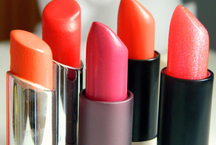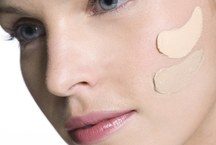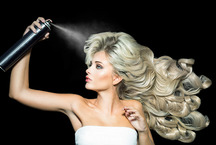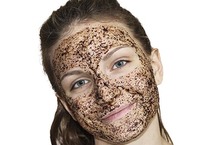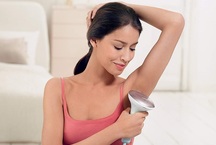The main component of many skin care products is regular natural oils. “Oil formulas” are especially characteristic of serums, moisturizing, caring creams and masks. Contrary to popular belief, vegetable fats are not only useful for dryness and cosmetic defects associated with it. Their vitamins and trace elements are indispensable for other skin problems - acne, acne, acne and viral rashes, cuts, allergic reactions, vitamin deficiencies.
Oils for skin are divided into two types - cosmetic and essential. The first is obtained by pressing and "cold pressing" plant materials. The latter are extracted by methods of steam distillation, chemical extraction, sorbents. Essential oils are rarely used in pure form. Usually they are added to the base (in natural oil or cream) in a few drops. But sometimes for therapeutic purposes can be applied independently.
Skin Benefits
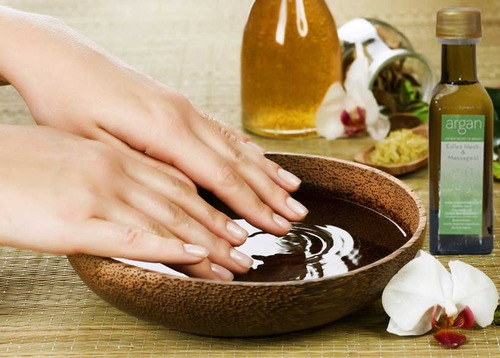
Photo: typrincessa.ru
Cosmetologists consider oil the most natural and safe “transport” for vitamins, phospholipids and minerals. Oils have excellent "penetrating" abilities, are quickly absorbed and actively affect the upper layers of the epidermis and subcutaneous fat. Depending on the composition, the oils may have a light or pronounced effect on the skin. anti-inflammatory, immunostimulating, tightening, moisturizing, toning, anti-cellulite action.
Beauticians are unanimous - oils are useful. But - completely replacing the cream oils - day or night - means harm the skin!
Oils - a natural product, so they can cause allergies. They perfectly retain moisture in the skin - but they are poorly absorbed, so they can clog pores, cause irritation and provoke "black spots" on the face.
Pure oils are used to care for the scalp and massage the face and body. It is good to add them to creams and masks. But at night, instead of cream, oil should not be left. It is important to comply with the measure - otherwise a useful and fragrant remedy can damage the skin.
Choose the appropriate oil for specific skin problems, referring to the table:
|
Essential oils and skin type |
Skin problems |
Act |
|
Anise oil |
Flabby skin, wrinkles, loss of tone |
Increases elasticity, turgor, skin elasticity, normalizes water-fat balance |
|
Orange — |
Peeling, corns, dryness, enlarged pores, pigmentation |
Softens rough, dry skin; eliminates peeling; whitens freckles and age spots; narrows enlarged pores; "Dries" acne |
|
Bergamot oil |
Hyperfunction of sebaceous glands, sweating, pigmentation, acne, inflammation |
Relieves irritation, tightens pores, refreshes, tones |
|
Grapefruit oil |
Eliminates oily skin problems - |
It has a stimulating effect on metabolic processes, tones, regulates the production of collagen |
|
Lemon oil |
Loss of tone, dull color, rosacea, "black spots", viral and bacterial infections |
It has an antiseptic, tonic, immunomodulating effect, stimulates collagen production and skin cell renewal |
|
Ylang Ylang Oil — |
Enlarged pores, acne, wrinkles, dryness, allergic reactions |
Hydrates, tones, tightens pores, regulates sebum production; there is a light anti-inflammatory and antipruritic effect; reduces damage from UV radiation in a tanning bed (after tanning) |
|
Juniper oil |
Decreased tone, acne, inflammation, enlarged pores |
Accelerates metabolism, removes toxins, acts as an antiseptic |
|
Rosemary oil |
Acne, blackheads, black spots, scars, fading skin |
Anti-inflammatory and antiseptic effect, acceleration of metabolism |
|
Roses oil — |
Low tone, peeling, age spots |
Accelerates metabolism, improves elasticity, whitens, reduces rosacea |
|
Tea tree oil |
Acne, herpes and bacterial infections, wounds, cuts |
Antiseptic, antiviral, drying effect |
|
|
||
|
Natural oils |
Skin Type and Problems |
Act |
|
Apricot butter |
Hypovitaminosis, dehydration, wrinkles, desquamation, loss of tone |
Stimulates cell metabolism, moisturizes, nourishes, nourishes with vitamins |
|
Avocado oil - |
Dehydration of the skin, loss of elasticity, fading |
Improves blood circulation, saturates with vitamins and fatty acids, stimulates collagen production |
|
Grapeseed Oil |
Hypovitaminosis, lowering of tone, inflammation, dryness, peeling |
Narrows enlarged pores, evens out color, improves elasticity, refreshes, tones |
|
Almond oil |
Dryness, peeling, irritation, hypovitaminosis |
Nourishes, moisturizes, relieves irritation |
|
Olive oil |
The appearance of wrinkles, allergic reactions to other oils |
Used as a base cosmetic oil, moisturizes, cleans, suitable for all skin types. |
|
Sea buckthorn oil |
Inflammations, viral and bacterial infections, dryness, vitamin deficiencies |
Moisturizes, rejuvenates, nourishes the skin, nourishes with vitamins, has an antioxidant effect |
|
Peach oil |
Dehydration, loss of tone, dull complexion, wrinkles, age spots |
Moisturizes, cleans, whitens, relieves puffiness and dark circles, rejuvenates, softens, tightens, reduces wrinkles, reduces inflammation |
|
Milk thistle oil |
Inflammation, difficult healing wounds |
Promotes epithelialization, normalizes the sebaceous glands |
|
Shea Butter |
Peeling, premature aging, dehydration |
Hydrates, softens, positively affects the production of collagen |
|
Soybean oil |
Dryness, loss of tone, fatigue |
Refreshes, moisturizes, nourishes with vitamins |
Choose from the table the oil that best solves the skin problems of your type.
For example, soybean oil as a base in no way inferior to olive. However, it is not recommended to use on oily skin of the face, as soy can clog pores and provoke the appearance of comedones (“black dots”).
Let's talk about the best oils for different skin types:
The best natural cosmetic oils for the skin
1 place is grape seed oil - for versatility
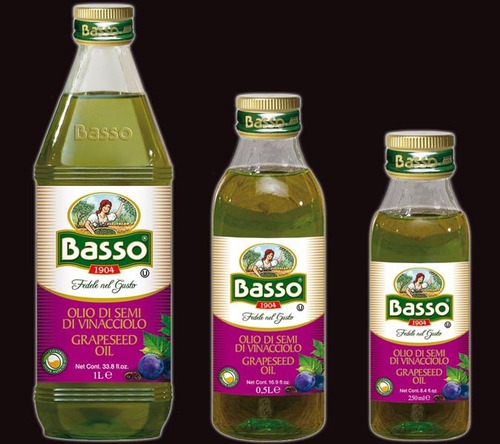
Price: from 90 rubles at Botanika (for 50 ml.) Up to 500 rubles Basso for 1 liter.
Active ingredients: vitamins (A, C, E, B), polyunsaturated fatty acids.
Act: cleans, nourishes, moisturizes, removes toxins, improves skin turgor.
Grape seed oil is a frequent component of brand cosmetics and a truly universal remedy. Due to the unique composition, it is suitable for different skin, it smells good, almost does not cause negative reactions. The vitamins contained in it increase the elasticity of the skin, prevent the formation of wrinkles and equally eliminate both dryness and oily sheen.
How to use?
As a base for masks, additives in cream, makeup remover and cleansing. Grape seed oil, unlike olive or soybean oil, can not be washed off the skin.
Nuances: for skin it is better to use cold pressed oil, because hot less antioxidants.
2nd place is occupied by olive oil - for availability
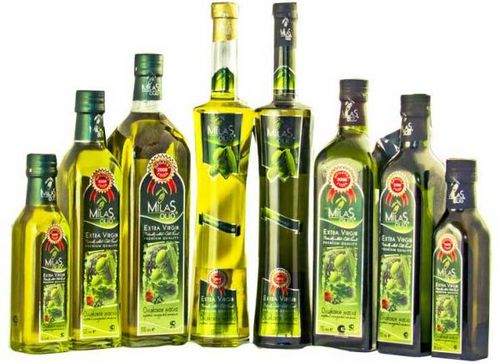
Price: from 140 rubles per 100 grams to 2000 rubles per 5 liters
Active ingredients: vitamins (A, E, K, B, D), Omega-6 and Omega-3 acids, oleic acid.
Act: nourishes, cleans, moisturizes, eliminates desquamation.
Olive oil is good because it can be used both for culinary and cosmetic purposes. Part of the care is better to pour into a separate container and store in the refrigerator. Olive oil should not be left on oily skin for a long time. It is better to wash or wipe the face after it with a tonic, but on the hardened feet or elbows it is quite possible to apply it overnight.
How best to use olive oil for the skin?
As a means for removing makeup, a base for masks, wraps. Olive oil with salt, pepper or honey copes well with cellulite, warmed up in a water bath - softens the skin of hands and feet.
Nuances: masks based on olive oil are applied even on dry skin for only 10-15 minutes, after which they are washed off. Olive oil is considered hypoallergenic, so it can be used on sensitive skin.
3rd place is occupied by sea buckthorn oil - for the benefit!
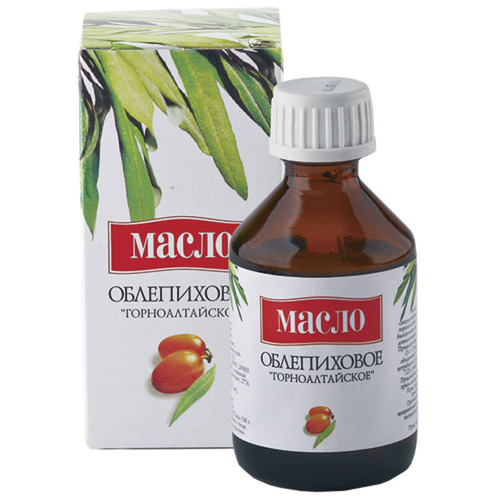
Photo: svojput.com
Price: from 70 rubles for 50 milliliters
Active ingredients: vitamins (A, C, E, B1, B6, B2, P, F), zinc, strontium, magnesium, iron, calcium.
Act: nourishes, heals wounds, accelerates tissue regeneration processes, increases elasticity.
Often, cosmetic defects - just a manifestation of bacterial and viral infections, damage, hypovitaminosis, delayed metabolism. Sea buckthorn oil helps to cope with these problems thanks to a record amount of antioxidants, minerals and vitamins. It can be used for both skin and hair, used as a base cosmetic or added to other creams, oils and masks.
How to use?
In its pure form - lubricate damaged skin areas with sea buckthorn oil (cuts, scratches, herpes, burns), acne and pimples with a cotton swab. Up to 30% can be added to the composition of masks and creams for dry and normal skin. Sea buckthorn oil can be rubbed into the cuticle after a manicure or pedicure, as well as into the scalp before washing the hair (with dryness and peeling).
Nuances: For wrinkles, just add a few drops of sea buckthorn oil to the cream. Cosmetologists do not recommend using pure sea buckthorn oil on healthy skin, as with systemic use it can inhibit natural immunity.
4th place is avocado oil - for natural skin support
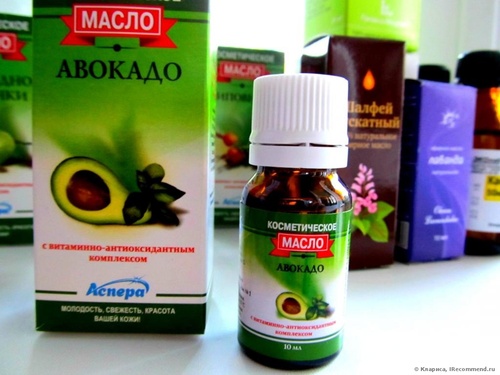
Price: from 100 rubles for 30 milliliters Planeta Organica to 1250 rubles for 120 milliliters from Diar Argan.
Active ingredients: vitamins (A, D, C, PP, E), potassium, zinc, oleic, linoleic, stearic, linolenic fatty acids.
Act: moisturizes, rejuvenates, protects the skin from ultraviolet radiation and the harmful effects of the environment.
Avocado oil is close in composition and PH balance to human fat, it is quickly absorbed and redistributed in the subcutaneous tissue, delivering valuable vitamins and minerals to the cells. As a base, it can be used for any skin type, but it solves problems best on flaky dry and problem acne areas. In summer, avocado oil will protect against UV radiation (natural SPF-factor up to 6).
How to use?
Add to the care products (cream, mask) 1 drop per 1 gram. Lubricate with a cotton pad oily or normal skin to remove makeup, apply for 30 minutes as a mask on dry skin.
Nuances: Avocado oil can be kept on the face for a long time and lubricate the skin around the eyes with it, but it is better to soak up the excess with a napkin.
5th place is occupied by Shea butter - for a pleasant aroma and melting texture
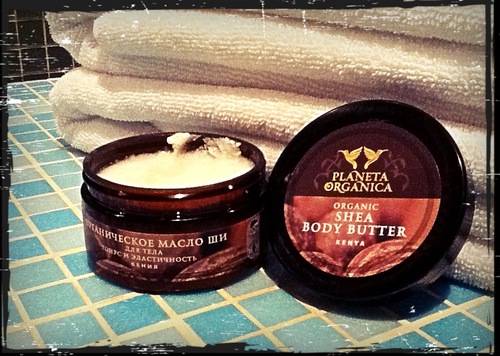
Price: from 200 rubles for 30 milliliters from Elfarm to 600 rubles for 250 milliliters from Therme.
Active ingredients: fatty acids (oleic, stearic, linoleic), phenols, steroids, vitamins (tocopherols).
Act: moisturizes, nourishes, softens, rejuvenates the skin.
Shea butter or shea butter is the only solid butter. It is obtained from the fruits of tropical trees in Africa, where it is mainly eaten. In the world, this product is especially loved by chocolate manufacturers and cosmetologists. Shea butter is often used in SPA procedures. It quickly melts from contact with skin, perfectly moisturizing and nourishing it.
How to use?
Lubricate dry, damaged and hardened skin, scratches, eczema, wrinkles; knead warm shea butter in homemade creams and masks; Lubricate problem areas of skin with a small piece before going to bed or before going outside during the cold season.
Nuances: Shea butter is well absorbed on dry, hardened and dull skin, but on normal and oily leaves shine. Excess shea butter gets wet dry cloth.
The best essential cosmetic oils for the skin
1 place is occupied by tea tree oil - for a wide range of action
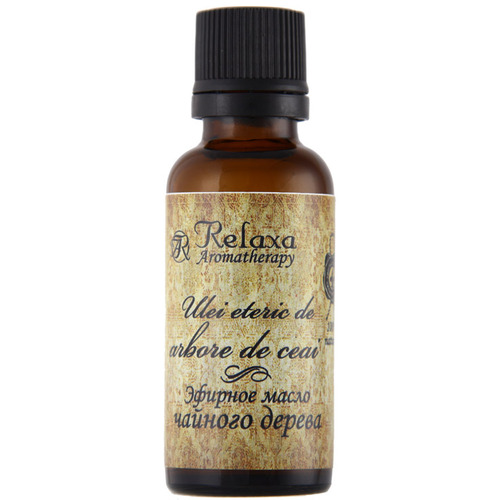
Price: from 120 rubles at Botanika (but only 50 ml.) Up to 500 rubles per Basso for 1 liter
Active ingredients: monoterpenes, L-terpineol, B-terpineol.
Act: cleans, nourishes, moisturizes, removes toxins, improves skin turgor.
Tea tree oil whiten teeth, heal wounds, dry pimples, stimulate hair growth. It relieves inflammation, stimulates blood circulation, suppresses the growth of pathogenic bacteria and fungi, whitens age spots, evens out skin color and relief. But in working with this natural antiseptic beauticians recommend that you carefully follow the dosage.
How to use?
In its pure form, tea tree oil is used to disinfect cracks and other small surface wounds, and for cosmetic purposes - add essential oil to the base (1 to 10 ratio with olive or other vegetable cosmetic oil; 1 drop per 1 gram of cream or massage oil ).
Nuances: Pure tea tree oil is used to destroy dandruff from the scalp, and to treat nails affected by fungus. To do this, it is rubbed in the affected areas for several minutes.
2 place - lemon oil, suitable for all skin types
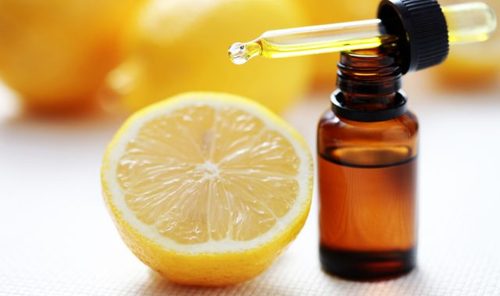
Photo: hairsave.ru
Price: from 80 rubles from the Crimean Rose to 160 rubles fromAromatica "for 10 ml.
Active ingredients: linalool, pinene.
Act: tonic, antiseptic, immunomodulatory; promotes the production of collagen.
Lemon oil rejuvenates the skin. Just a few drops of it, added to the base, have a powerful tonic effect and stimulate cell renewal processes. On oily skin, lemon oil helps to get rid of rosacea and acne, while on dry skin it eliminates desquamation. In addition, it helps to increase elasticity, smooth relief, tighten the shape of the face, lighten freckles and pigment spots.
How to use?
Add 1 drop of lemon oil to 3-4 grams of cream or base natural oil for cosmetic procedures; 1 drop - on 2 grams of means for massage.
Nuances: Lemon oil is good for all skin types, but it is recommended to mix it with different bases. For oily skin, mix it well with grape seed oil, for dry skin with peach oil or avocado oil, for skin whitening with sea buckthorn oil.
3rd place is occupied by ylang-ylang oil - for high efficiency
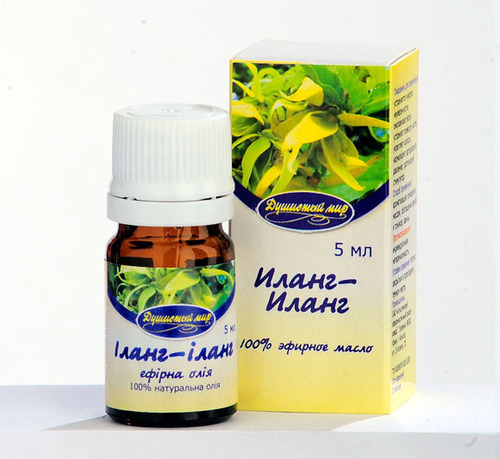
Price: from 100 rubles at Botanika up to 200 rubles from Elfarm.
Active ingredients: pinene, geraniol, fitol, formic, valerian, acetic acid.
Act: anti-inflammatory, soothing, toning.
Ylang-ylang oil tightens pores, helps to quickly get rid of eczema, dermatosis, acne. It is equally effective in both oily and dry and normal skin. The composition of other cosmetic oils stimulates the production of collagen.It goes well with olive, peach oil, avocado oil. Due to its anti-inflammatory properties, it reduces itching and harm from UV radiation.
How to use?
Add 3 drops to 1 tablespoon of base cream or oil.
Nuances: Ylang-ylang oil is not recommended to be added to purchased creams and masks, as it may enter into unwanted chemical reactions with components of the factory cosmetics.
4th place is occupied by orange oil - for a delicious flavor

Photo: www.florasecret.com.ua
Price: from 100 rubles at Botanika up to 200 rubles from Elfarm.
Active ingredients: limonene, citral, terpene alcohols, geraniol.
Act: anti-cellulite, soothing, toning.
Orange oil perfectly narrows enlarged pores, helps to get rid of cellulite, dries acne. On dry skin, it can cope with peeling, and on oily skin, normalize the function of the sebaceous glands. Like other essential oils from our rating, orange oil for the skin is not recommended to be used in its pure form.
How to use?
Add 3 drops to 1 tablespoon of base cream or skin oil, or 5-10 drops to a tablespoon of base for water treatments.
Nuances: using orange oil in anti-cellulite procedures, both oil and salt (special for baths or regular sea oil) can be taken as a basis; it is not recommended to add oil in its pure form to water.
5th place is occupied by rose oil - for the tone for the soul
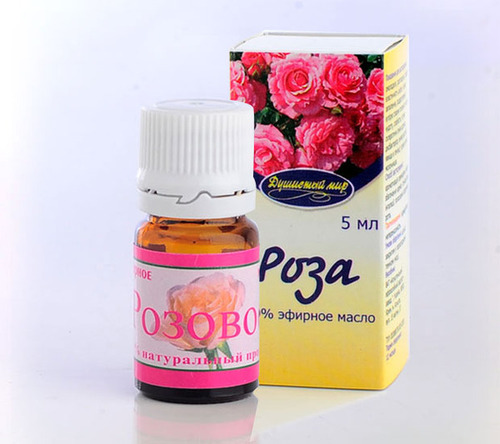
Price: from 160 rubles at the Crimean Rose to 3600 rubles at Living Nature.
Active ingredients: geraniol, stearopten.
Act: toning, whitening.
Rose oil is obtained from the flowers of wild rose. It is best suited for fading skin, which returns youth if not after the first use, then with regular use at least a month later. The esters contained in it accelerate the metabolism and stimulate the production of collagen, increasing elasticity and improving regenerative abilities. This oil is often recommended for damage, fatigue, and the consequences of a bad environment. The added bonus of using it is the soul benefit. Thanks to its effect on dopamine receptors, rose oil contributes to increased efficiency, creativity and erotic desire.
How to use?
Add 2-3 drops per dose of cream or mask, 5 drops per 15 grams of massage or bath base, up to 10 drops per 250 ml. lotion or tonic for the face.
Nuances: Pure rose oil is not recommended, but for the treatment of herpes it can be done (with a course of 2-3 times a day during the week).
What oil for body and face is better to choose?
Obviously, it is better to choose the oil that is suitable for your skin type (and then look for a method of its application, suitable for specific problems). If you turn to table at the beginning of the article, it is clear that essential oils of juniper, bergamot, tea tree, ylang-ylang, rosemary are well suited for oily skin, and grape seed oil or milk thistle as the basis. All natural oils are strong reagents, in which the nutrients are in high enough concentration, so cosmetologists recommend mixing them with care with factory cosmetics and pharmaceutical products.
